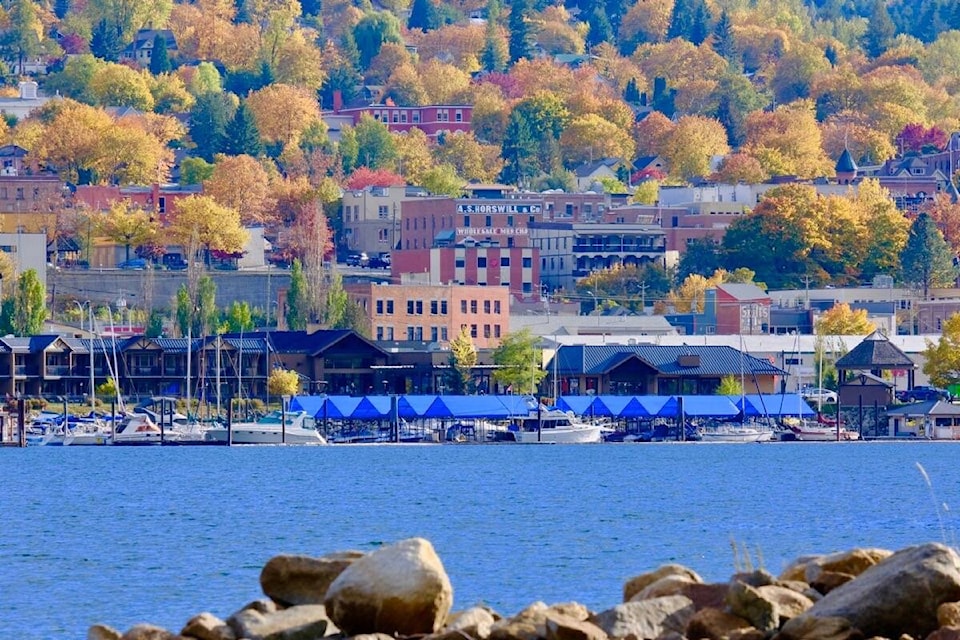Re: The heart of the Nelson Museum: remembering Shawn Lamb, Oct. 28
Shawn Lamb had a huge role in planting the seeds for who we could be as a community. That’s part of her larger legacy but she also left us a small legacy she hoped we’d see if we took time to look and listen.
Back in 1996 I found myself on a city committee tasked with building the city’s centennial project — the lakeside pathway that was later infilled to become the soccer fields. Shawn had been quietly urging the group to add a history component, but members didn’t have the mandate to tackle another project. However, Shawn had been generously hosting Cub troops I was involved with at the old Fairview museum. Her enthusiastic diversion was always appreciated. So, we teamed up.
Her pitch was that as water frontage in rural communities transitioned from sites of industrial and transportation activity to recreation and residential uses, we would lose track of our foundations. She wanted to document it and, as expected, she already had her topics and research in hand. My job was to pull people, designs and funding together but she generously involved me in helping choose images and editing the texts that became a series of granite signs that sit in heavy pedestals along the waterfront. Once we had our photos she suggested inviting Anne DeGrace to convert them to fabulous pen and ink images to etch into the granite.
Trains, steamship launches, first flights, Chinese gardens, boat construction, first nations sites, lumber mills, Eddy match factories, city pageants, ferries and more were documented for posterity and Shawn’s persistence ensured it. She was a wealth of information, generous in her time, funny, and a wonderful person to work with.
Those signs may be getting a bit worn these days, but Shawn’s legacy to teach us to appreciate this community’s past are strong. Those signs and her words can be found along the waterfront from John’s Walk to Cottonwood Creek.
Brian May
Nelson
